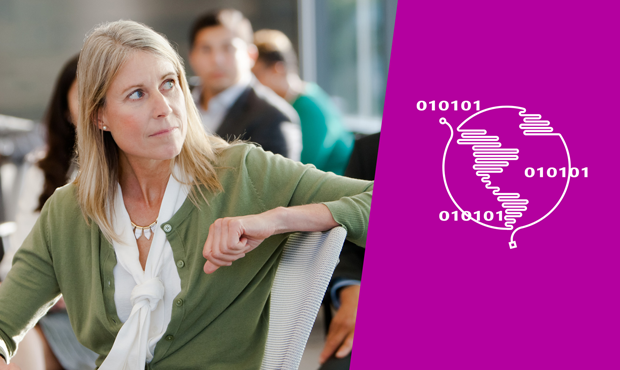About This Course
<학습 팁>
해당 강좌는 임베디드 시스템 개발, 바이너리 컨테이너, 하드웨어 센서와 회로 구성요소에 대해서 설명합니다.
강좌를 수강 완료 시 IoT 프로그래밍, 센서기반 IoT 시스템 설계, IoT 기술과 프로그래밍 등의 과목에 도움이 됩니다.
We all know that smart devices play a big role in our day-to-day lives, and that more devices pop up every day. Have you considered that there needs to be a developer behind the scenes for every one of those devices? If you’re ready to change the world by converting the envisioned gadgets of tomorrow into digital reality, join this course and take your first steps toward programming for the Internet of Things.
Learn the basics of embedded device programming by implementing various projects on Raspberry Pi and MXChip AZ3166 devices (the AZ3166 is Arduino-software compatible). Learn how to write the software that controls the hardware (temperature sensors, photo cells, and more), and get started making a difference with procedural programming.
Begin with an intro to embedded programming, exploring embedded device types and the inputs and outputs for devices and sensors. Then work your way through a series of hands-on lab projects that teach you how to develop the hardware/software interface, help you to understand C programming for embedded devices, and explore basic data management for a resource-constrained device. From there, dive into embedded solutions that use your own circuit designs to solve real-world problems.
After completing this course, students will be able to develop embedded device systems that capture and process data from analog and digital sensors commonly found in IoT solutions.
NOTE: The lab project work in this course is based on the hardware found in the Microsoft IoT Pack for Raspberry Pi and the MXChip IoT DevKit.You may want to purchase in advance of starting the course.
Course Syllabus
This course is completely lab-based. There are no lectures or required reading sections. All of the learning content that you will need is embedded directly into the labs, right where and when you need it. Introductions to tools and technologies, references to additional content, video demonstrations, and code explanations are all built into the labs.
Some assessment questions will be presented during the labs. These questions will help you to prepare for the final assessment.
The course includes four modules, each of which contains two or more lab activities. The lab outline is provided below.
Module 1: Introduction to Embedded Device Programming
- Lab 1: Preparing Your Development Environment
- Lab 2 Developing Your First Embedded Device Application
Module 2: Data and Device Inputs
- Lab 1: Building a Binary Counter
- Lab 2: Getting Started with the MXChip Device
Module 3: Circuit Components and Sensor Hardware
- Lab 1: Building Simple Circuits
- Lab 2: Using Sensors
- Lab 3: Building a Temperature Gauge
Module 4: Real-World Solutions
- Lab 1: Building a Photo Cell Device
- Lab 2: Comparing Digital and Analog Inputs



